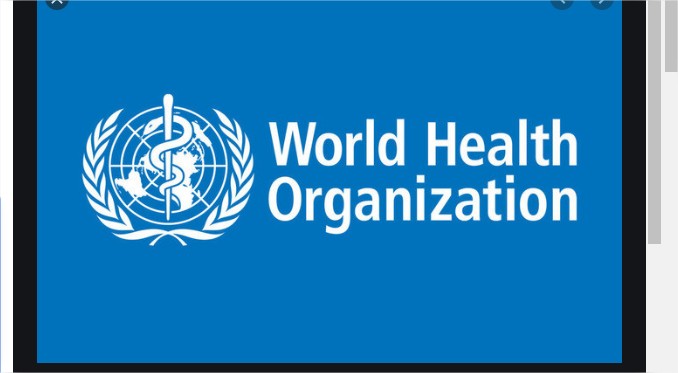Higher the taxes, higher the prices to reduce poverty

ISLAMABAD, SEPT 2 (DNA) – Around the world, 84% of tobacco users live in developing countries hence creating a vicious circle of in tobacco and poverty. Tobacco use tends to be higher in low income households in most of the countries, according to WHO.
According to Pakistan Institute of Economics 2018 study, in Pakistan, the poor have the highest rates of tobacco use and spend a greater amount of their household income on cigarettes. Nationally, 25.3% of households in the lowest income group smoke cigarettes compared to 16.2% of households in the highest income group.
Mr. Azhar Saleem, CEO Human Development Foundation (HDF) stated that tobacco is an addictive product and diverts a significant amount of income to tobacco related problems. If this amount is invested in other needs of the household, like housing, food, education and health care, it can contribute to eradicating poverty in Pakistan.
Often it is argued that taxes on tobacco products may affect users of low income households the most since the tax burden denotes a higher proportion of their income spent on tobacco products as compared to that of high income household.
However, evidence shows that the underprivileged actually benefit the most from higher tobacco products cost caused with higher taxes. Compared to more affluent tobacco users, shoddier tobacco users are more likely to quit tobacco use when prices are increased, meaning they benefit from subsequent decreases in tobacco-related health problems and resultant health costs.
Increasing taxes on tobacco products can have a positive impact on low income households as lower income households are more responsive to changes in prices of tobacco products.
According to Word Bank 2019 study half of lifetime users of tobacco die prematurely from tobacco-related disease, and many more users and their families are forced to suffer the hardships and pain of tobacco-caused diseases and disabilities.
Lower income populations are more responsive to increases in tobacco prices than people with higher income. Increased tobacco taxes will reduce tobacco use among lower income people, therefore reducing the burden of tobacco disproportionally impose on the poor. DNA
================
Related News

Pakistan issues demarche to Taliban regime after Afghan soil used to martyr soldiers
ISLAMABAD, DEC 19: The Foreign Office (FO) on Friday issued a demarche to the AfghanRead More

Security forces foil major suicide attack on North Waziristan Camp
RAWALPINDI, DEC 19: /DNA/ – In a heinous and cowardly terrorist act, Khwarij belonging toRead More


Comments are Closed